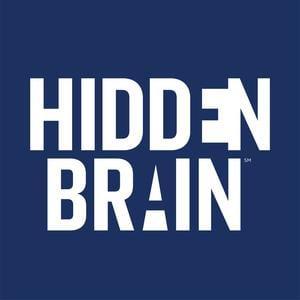Intro
In this episode of the Huberman Lab podcast, Andrew Huberman explores the importance of breathing correctly for optimal health, mood, learning, and performance. He discusses how breathing lies at the interface between conscious and subconscious behavior, and how we can consciously take control of our breath to improve our mental and physical well-being. Huberman emphasizes the significance of understanding the balance between oxygen and carbon dioxide in the body for optimal cognitive and physical function.
Main Takeaways
The Importance of Breathing
- Breathing is essential to life, but most people overlook its impact on our quality of life.
- Breathing correctly is crucial for our mental and physical health, as well as performance.
- Behavioral tools can be used to breathe correctly, and they come at no cost.
The Unique Nature of Breathing
- Breathing lies at the interface between our conscious and subconscious behavior.
- Controlling our breath allows us to control our brain’s state of mind and excitability.
- Changing our breathing pattern can quickly alter what our brain is capable of doing.
The Role of Oxygen and Carbon Dioxide
- Oxygen is necessary for the body’s cells, including the brain, but it cannot diffuse through the skin.
- Breathing brings oxygen to deep cells in the body and removes carbon dioxide.
- Understanding the balance of oxygen and carbon dioxide is crucial for optimal cognitive and physical function.
The Mechanics of Breathing
- The diaphragm and intercostal muscles are responsible for breathing.
- Diaphragmatic breathing involves the contraction of the diaphragm, allowing more space for the lungs to fill with air.
- Controlling exhales can improve carbon dioxide tolerance and overall breathing mechanics.
The Benefits of Nasal Breathing
- Nasal breathing improves facial aesthetics, oxygen intake, and brain function.
- Breathing through the nose activates ancient regions of the brain and increases hippocampal activity.
- Nasal breathing is more efficient and beneficial for overall health compared to mouth breathing.
Breathwork Techniques
- The physiological sigh, consisting of two deep inhales through the nose and a full exhale through the mouth, is an effective way to reduce stress in real-time.
- Box breathing, cyclic sighing, and cyclic hyperventilation are breathwork practices that can improve mental and physical well-being.
- Practicing nasal breathing and breath rehabilitation exercises can restore healthy breathing patterns.
The Relationship Between Breathing and Heart Rate
- Breathing affects heart rate, with inhales increasing heart rate and exhales decreasing it.
- Controlling breath can help navigate stressful circumstances and regulate heart rate.
- Deliberate breath control can be useful for athletes, military personnel, and those experiencing panic or anxiety attacks.
The Impact of Breathing on Sleep and Sleep Apnea
- Shifting to nasal breathing during sleep can greatly offset sleep apnea and snoring.
- Training oneself to become a better nasal breather during the daytime has positive health and aesthetic effects.
- Improving nasal breathing during sleep is more cost-effective than using a CPAP machine.
The Science Behind Breathing
- The pre-buttsinger complex and paraphracial nucleus are brain centers controlling breathing patterns.
- Physiological sighs and deliberate breath control can influence brain state and excitability.
- Breathing patterns can impact emotion, learning, memory, and overall cognitive function.
Summary
The Power of Breath: Optimizing Health and Performance
Breathing is not just essential for survival; it plays a crucial role in our overall quality of life. By understanding the mechanics of breathing and the balance between oxygen and carbon dioxide, we can consciously control our breath to improve our mental and physical well-being. Nasal breathing, diaphragmatic breathing, and breathwork techniques like the physiological sigh and box breathing offer powerful tools for stress reduction, improved sleep, and enhanced cognitive function. Additionally, conscious breath control can influence heart rate, optimize sleep, and even alleviate conditions like sleep apnea. The science behind breathing reveals its profound impact on brain state, emotion, learning, and memory. By harnessing the power of breath, we can unlock our full potential and achieve optimal health and performance.
Conclusion
Breathing correctly is not only vital for survival but also holds the key to unlocking our full potential. By understanding the unique nature of breathing, the role of oxygen and carbon dioxide, and the mechanics of breath control, we can optimize our mental and physical well-being. Nasal breathing, breathwork techniques, and conscious breath control offer powerful tools for stress reduction, improved sleep, and enhanced cognitive function. By harnessing the power of breath, we can navigate stressful circumstances, regulate heart rate, and achieve optimal health and performance.
